Ranking "Superfoods" by How Much They Actually Nourish Your Body
Instead of chasing single “miracle” foods, it helps to think in practical terms: which foods deliver more nutritional goodness per bite, are easy to find, and fit real life? That's why we've expanded our ranking of “superfoods” based on measurable health value—protein, fiber, vitamins, minerals, and proven wellness benefits—rather than hype. Along the way, we’ll bust some common myths, highlight accessible options, and share realistic tips for enjoying variety without pressure or perfection. Consider this your evidence-backed, results-focused guide to feeling good in your own skin—one delicious choice at a time. Let’s explore what it means to eat for nourishment, possibility, and self-kindness.
1. Evidence Over Hype: What Makes a True Superfood?
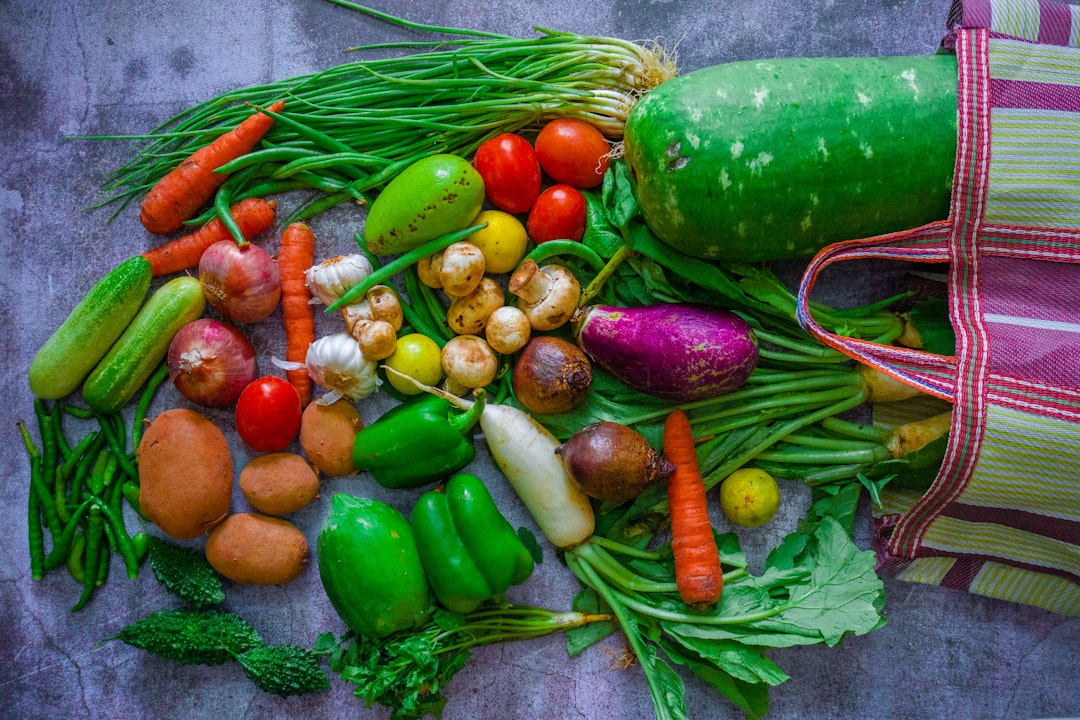
Most of us have heard about magic berries, miracle seeds, or “must-have” powders. But is there really a single food that can transform health overnight? Experts say not so fast. Registered Dietitian Nutritionist Bess Berger notes, “Superfoods aren’t magic, but their nutrients help fill in gaps, lower inflammation, and support energy, gut health, and hormones.” The real strength of these foods lies in their nutrient density—that is, the amount of protein, fiber, vitamins, minerals, and healthful fats packed into every bite. While the marketing world loves to promise shortcuts, science shows that no one food has it all. What sets genuine superfoods apart is how they deliver proven benefits per calorie or serving. Think of them as supportive cast members, not solo stars. Incorporating a mix promotes balance, helps your body handle daily stress, and supports healthy aging without feeling restrictive or expensive. So, let’s set aside the hype and focus on what science, simplicity, and self-care really look like on your plate. When you choose foods you enjoy that also work hard for your body, that’s where the magic happens.
2. Cottage Cheese: The Muscle and Satiety Superstar
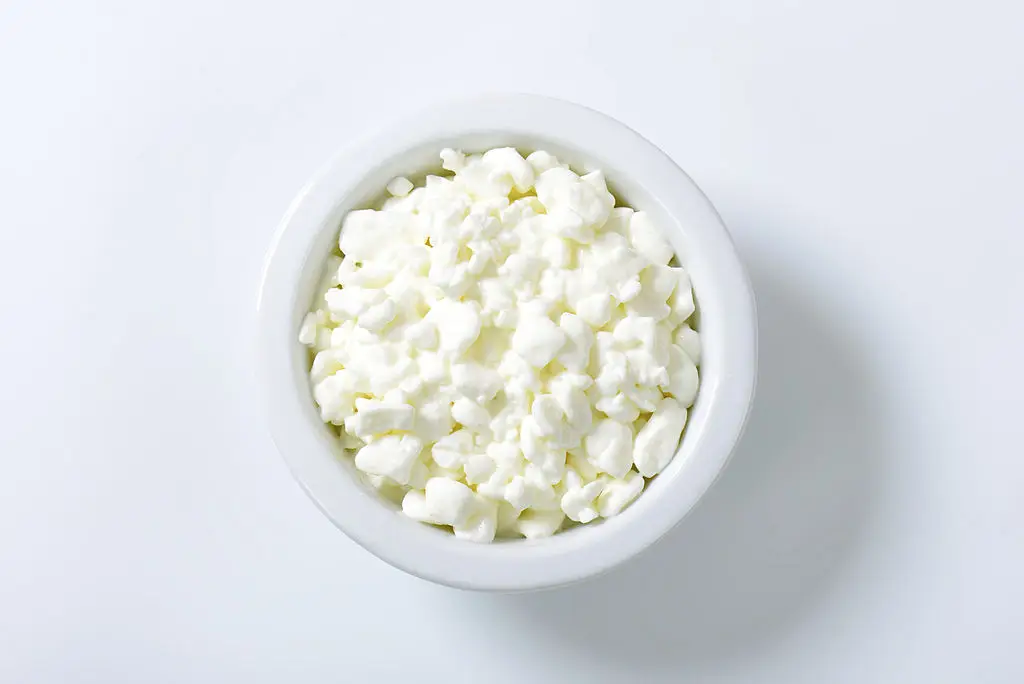
If you're searching for a versatile, high-protein snack, cottage cheese deserves a spot on your table. Just a half-cup serving offers 12 grams of protein and only 110 calories, according to nutrition analysts at Eat This Not That. The secret behind its staying power is casein, a slow-digesting protein that helps keep you fuller, longer. That means less mindless snacking and more sustained energy—especially important as our bodies change with time. Cottage cheese also provides valuable calcium, magnesium, and B vitamins for muscle maintenance and metabolic support. This superfood is accessible and affordable, showing up in nearly every grocery store. Enjoy it savory or sweet: top with berries, chopped veggies, or a sprinkle of cinnamon. While some diet fads skip dairy, most science-backed guidelines for healthy aging support moderate dairy as part of a balanced plan, unless you have specific sensitivities. In addition to protein, cottage cheese offers versatility: it’s great in smoothies, baked goods, or as a creamy toast spread. Nourishing your body can truly be this simple, affordable, and satisfying.
3. Chia Seeds: Fiber, Protein, and Omega-3s in a Spoon
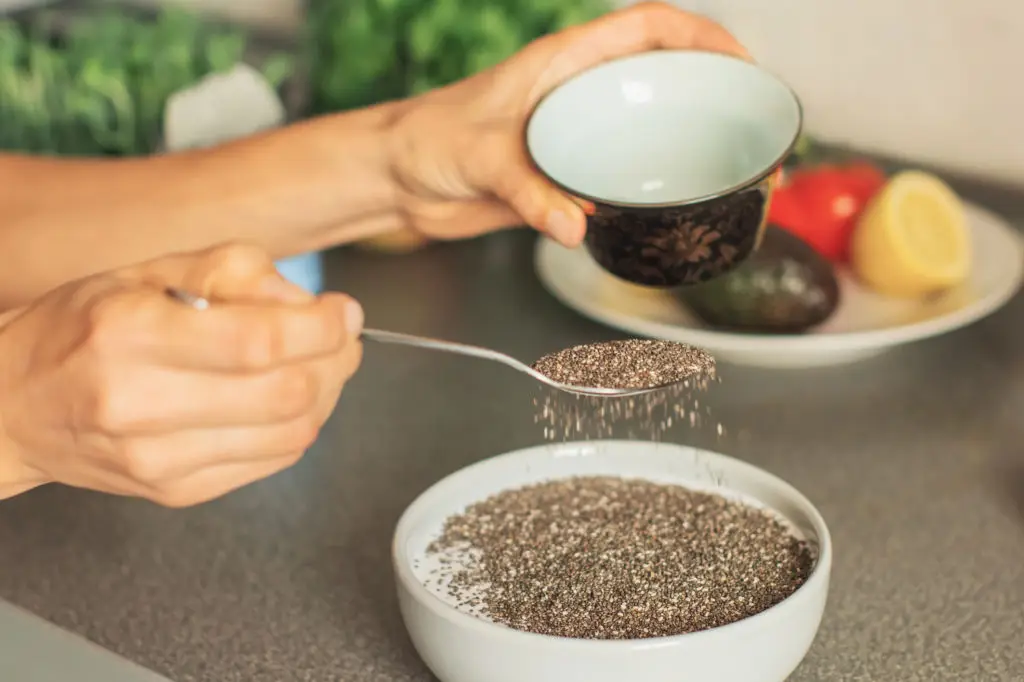
Tiny but mighty, chia seeds’ nutrition is easy to underestimate. In just one and a third cups of chia pudding, you’ll find a whopping 15 grams of fiber, 14 grams of protein, and plenty of plant-based omega-3 fatty acids. When mixed with liquids, these seeds expand, helping you feel fuller for longer and supplying gut-friendly prebiotic fiber. This “fullness effect” is more than marketing: Dr. Federica Amati points out that chia’s unique blend of fiber and protein aids digestion, supports energy, and even helps manage blood sugar swings. Chia seeds also fit nearly any lifestyle—they’re gluten-free, require no cooking, and can be sprinkled on yogurt, blended into smoothies, or used as an egg replacer in baking. Don’t let social media promise you overnight miracles; instead, trust in the steady power of daily, manageable changes. Whether you’re boosting breakfast or bulking up snacks, just a tablespoon or two delivers reliable nutrition that supports you in feeling your best.
4. Blueberries: Antioxidants for Brain and Skin
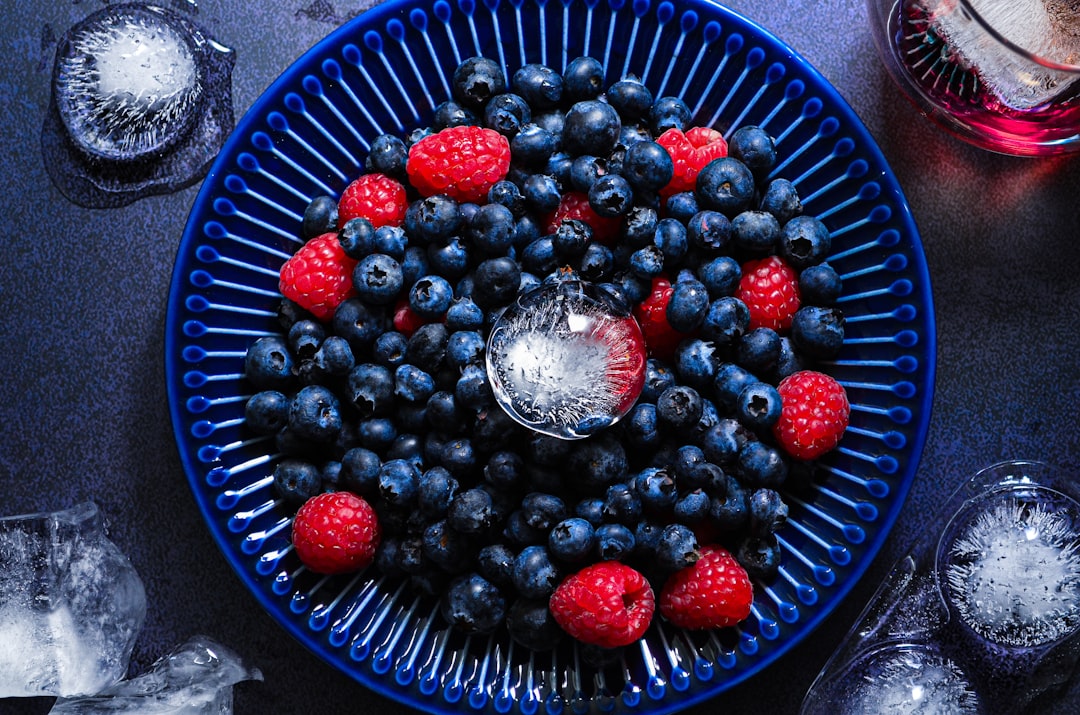
If you’re craving foods that work as hard for your memory as they do for your glow, blueberries deliver. These small berries are particularly rich in vitamin C and plant compounds called anthocyanins, which have been linked to benefits for brain function, cellular repair, and even skin’s natural collagen production. Their prebiotic fiber also nourishes the good bacteria in your gut, supporting digestion and immune health. You don’t need a rare variety—classic blueberries, fresh or frozen, bring plenty to the table. One myth is that you need to “megadose” antioxidants to see an impact. Research actually suggests that regular, moderate berry intake is what supports your body best. Try adding blueberries to oatmeal, tossing them into salads, or snacking on them frozen straight from the bag. They’re a sweet, easy addition—and an affordable upgrade for your brain, heart, and skin health routines.
5. Avocado: Heart-Healthy Fats and Potassium Power
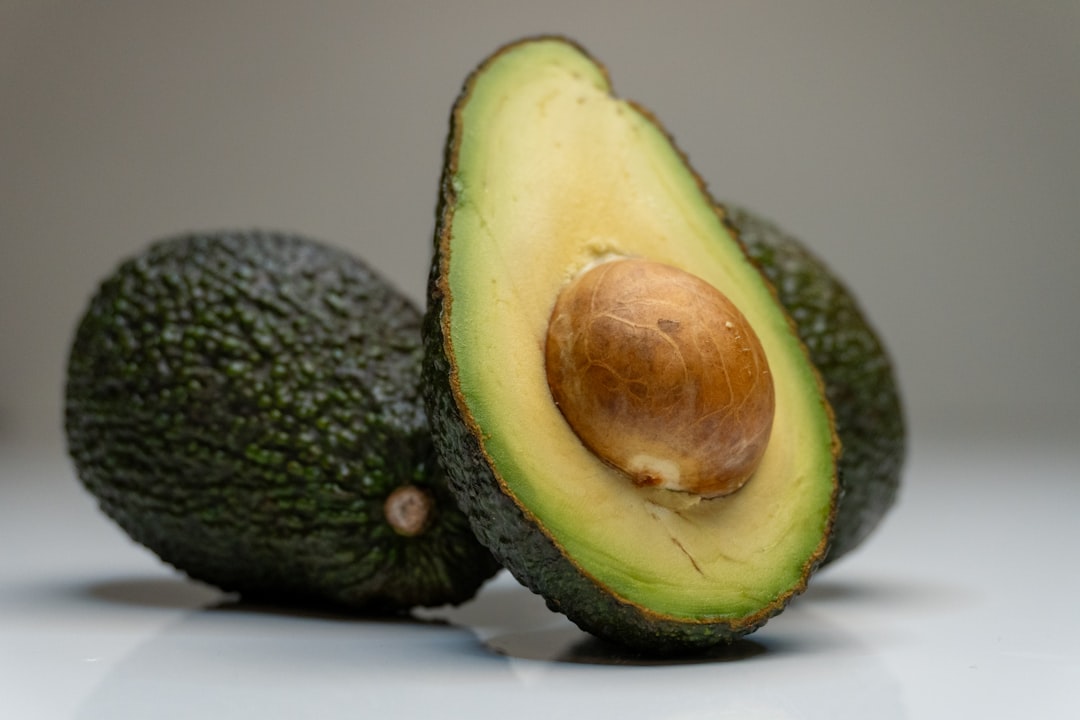
Few foods feel as indulgent yet nourishing as avocado. Packed with monounsaturated (“good”) fats, more than twenty vitamins and minerals, and as much potassium as a banana, avocado supports healthy blood pressure, cardiac function, and nutrient absorption. These healthy fats also help you feel satisfied, making avocado a comforting, creamy addition to countless dishes. Another bonus? The anti-inflammatory properties of avocado’s plant sterols and antioxidant compounds. While some worry about fat content, the quality matters more than the number. Most current nutritional guidelines agree: moderate portions of healthy fats like avocado make meals more satisfying and help your body unlock fat-soluble vitamins from other foods. Enjoy avocado in salads, on toast, blended into smoothies, or swapped for spreads with less favorable fats. Though not always the lowest-cost produce, avocado is increasingly available in bulk and frozen portions if you’re budget-conscious. Eating well can be both delicious and heart smart.
6. Chickpeas: Plant Protein Meets Fiber and Iron
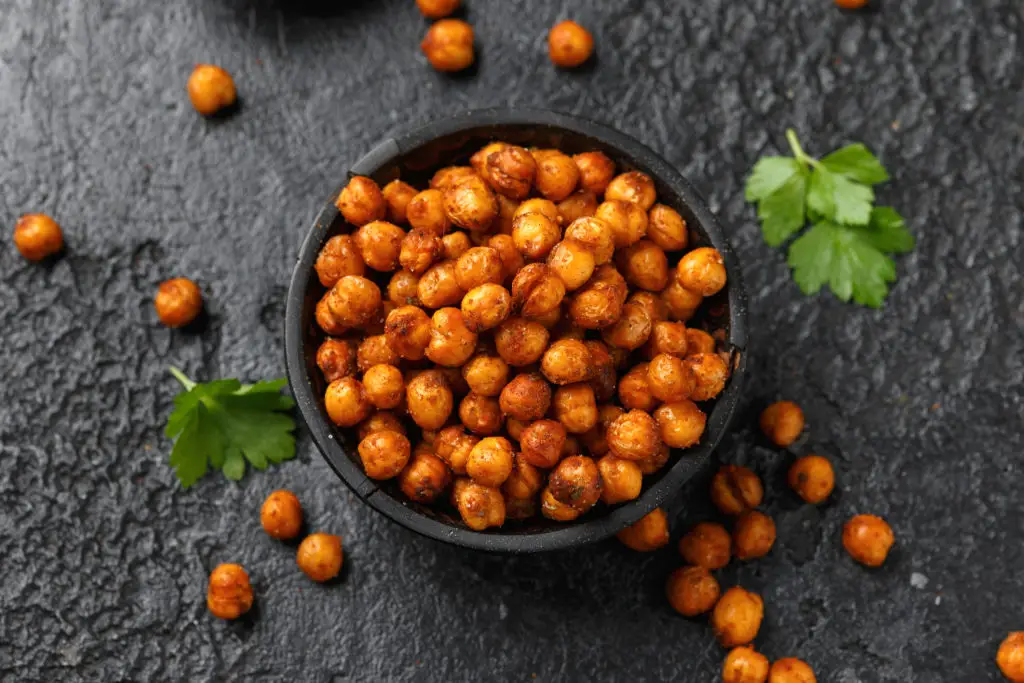
Chickpeas, sometimes called garbanzo beans, are small nutrition powerhouses. One ounce of roasted chickpeas delivers over 5 grams of protein and 3 grams of fiber for only about 120 calories, making them a star for plant-based meals or snacks. Their protein-fiber combo supports satiety, blood sugar balance, and digestive regularity—a triple win for everyday well-being. Chickpeas also bring iron, magnesium, and key B vitamins to your dish. Affordable and shelf-stable, chickpeas work well in salads, as crunchy roasted snacks, or transformed into hummus. Their mild, nutty flavor makes them easy to adapt to many seasonings and cuisines. Current guidelines praise beans and legumes for helping to lower cholesterol and support heart and gut health as we age. If you’re seeking budget-friendly nutritional “insurance” that keeps meals feeling vibrant and filling, chickpeas fit the bill—no fancy prep needed.
7. Greek Yogurt: Digestive Health Hero with Nutrient Density

Greek yogurt is a creamy, accessible option that punches above its weight when it comes to nutrition. Each serving contains about 15 grams of protein, plus probiotics, calcium, and vitamin B12. The live cultures in yogurt support a healthy gut, while protein and calcium assist with muscle and bone strength. Swapping Greek yogurt for higher-calorie or sugary snacks is an easy win, and it works well as a breakfast base, snack, or even a savory dip alternative. It’s a myth that all yogurts are equal; Greek-style yogurt is strained for extra protein and fewer carbohydrates. For the best benefit, choose plain, unsweetened versions and add your own fruit or nuts for flavor. Greek yogurt can be both satisfying and supportive—especially as we aim for health changes that last and fit our real lives.
8. Salmon: Omega-3s and Complete Protein

Salmon stands out as an all-in-one package for heart and brain health, offering a rich source of omega-3 fatty acids, high-quality protein, and natural vitamin D. These nutrients have been linked to improved inflammation control, sharper thinking, and mood support. Regular salmon consumption is associated with reduced risk of chronic diseases, according to numerous clinical studies. While wild salmon can be expensive, canned or frozen versions are accessible and offer similar benefits. For those concerned about mercury, experts recommend focusing on moderate, varied intake—salmon is among the lowest-mercury fish options. Enjoy grilled, baked, or tossed into salads and pasta. Whether you’re brand new to fish or a longtime fan, salmon is a sustainable superfood with staying power.
9. Kale: Antioxidant and Fiber-Rich Leafy Green

Kale’s dark green leaves deliver more than just trend power—they’re nutritional overachievers. Loaded with vitamins A, K, and C, plus fiber and powerful plant antioxidants like lutein, kale supports bone strength, vision, cellular repair, and regular digestion. Inflammation-fighting properties make it a valuable ally for healthy aging. If you’ve been turned off by bitter salads, try massaging kale with lemon juice and olive oil to mellow its flavor. Kale is affordable, widely available, and versatile—enjoy it raw in salads, blended into smoothies, or roasted into chips. Don’t let the “superfood” label intimidate you or overshadow other greens; rotating spinach, arugula, and romaine is just as beneficial. Kale is a steadfast companion on the journey to well-rounded nutrition.
10. Almonds: Snackable Nutrient-Packed Powerhouses
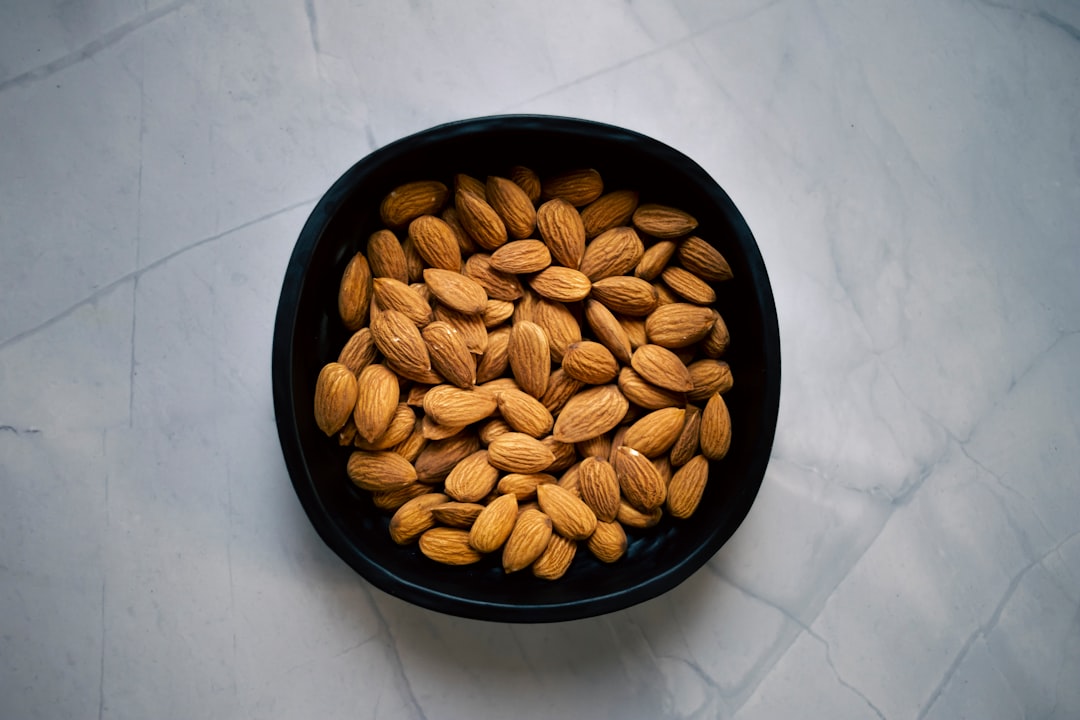
Almonds are more than just a snack—they’re a nutrient-dense powerhouse packed with vitamin E, magnesium, fiber, protein, and heart-healthy fats. This simple handful has been linked to improved cholesterol levels, steady blood sugar, and a sense of fullness that can help manage portions with ease. Because almonds are calorie dense, enjoying them mindfully—a small handful at a time—provides maximum benefit without overdoing it. Choose raw or dry-roasted unsalted almonds for the best nutritional return. Sprinkle them on salads, blend into homemade nut butter, or carry them for satisfying on-the-go fuel. While nuts can be pricier than some snacks, buying in bulk or as part of store brands can make them more affordable. Remember, being kind to your body includes choosing practical, nourishing options you genuinely enjoy.
11. Sauerkraut (or Kimchi): The Fermented Gut Architect
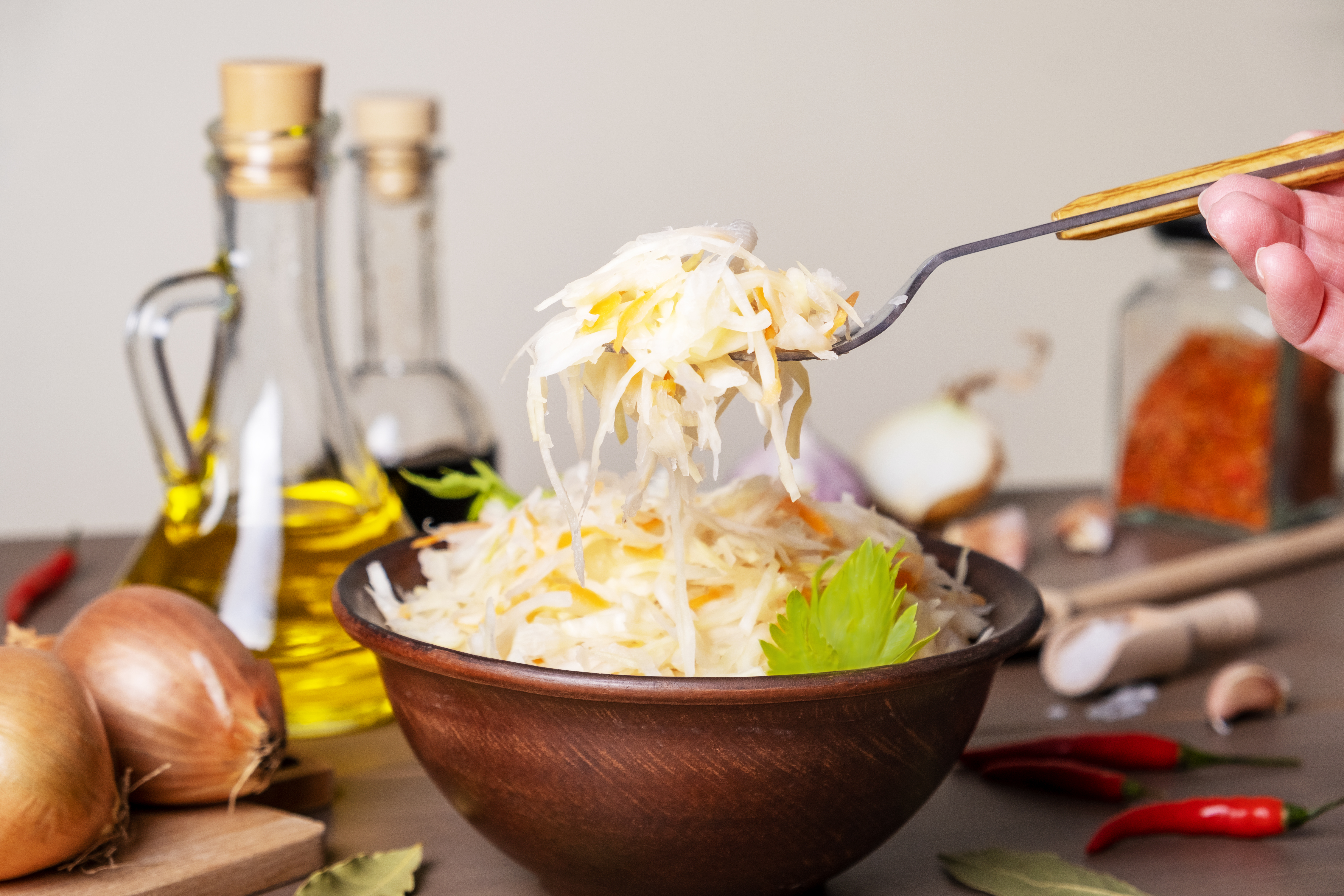
Sauerkraut and kimchi transcend simple vegetable intake; they are potent sources of probiotics (beneficial bacteria) and prebiotic fiber. The fermentation process not only preserves cabbage but creates an environment for these microbes, which are crucial for a robust gut microbiome. A healthy gut is increasingly linked to reduced systemic inflammation, improved mood, and stronger immunity—all vital for longevity. Consuming just a small spoonful daily, unheated, delivers a massive dose of these active cultures. They are affordable, shelf-stable options that directly support the often-overlooked gut-brain axis, making them a true foundational superfood for internal wellness.
12. Sardines: Bone, Brain, and Complete Nutrient Density

Sardines are the ultimate affordable, compact superfood, offering nutrients that are hard to get elsewhere. Unlike larger fish, they provide a dense supply of Omega-3s (EPA/DHA) with very low mercury levels. Crucially, eating the whole, small fish provides an exceptional source of both Vitamin D and highly bioavailable Calcium—a powerful duo for bone density that is essential as we age. Sardines also pack complete protein and Vitamin B12. They are perfect tossed into salads, mixed into sauces, or eaten simply on crackers, offering a direct, sustainable, and budget-friendly path to optimal heart, brain, and bone health.
13. Sweet Potatoes: Beta-Carotene for Vision and Immunity
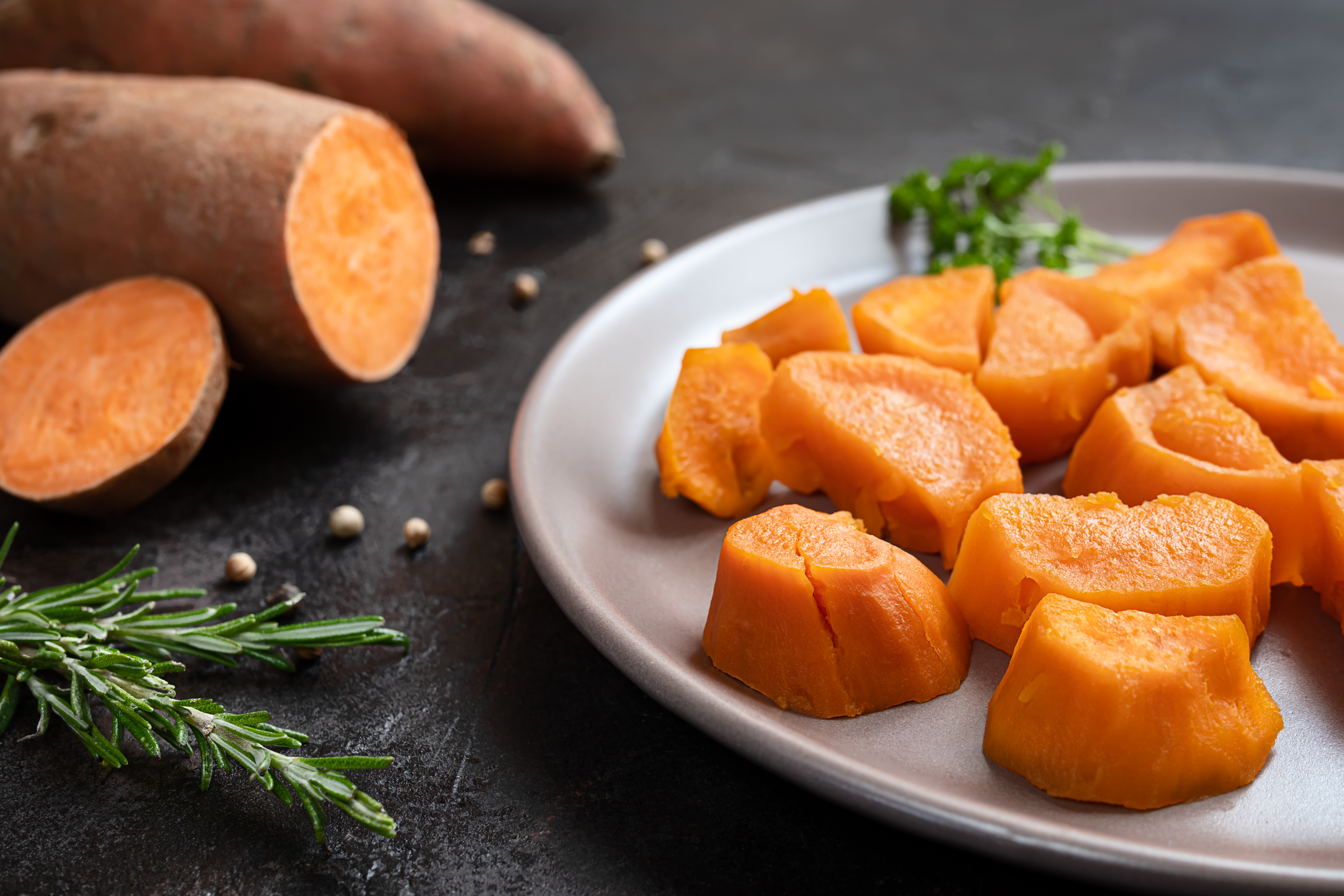
Sweet potatoes are a nutrient-dense swap for regular potatoes, providing complex carbohydrates alongside a massive dose of Beta-Carotene (which converts to Vitamin A). This nutrient is vital for immune function and vision health, guarding against age-related macular degeneration. They also deliver significant Vitamin C and fiber to stabilize blood sugar and support digestive regularity. Enjoy them baked, mashed, or roasted with the skin on for maximum fiber. They are an accessible, affordable root vegetable that proves comfort food can be a profound source of vitamins, anti-inflammatory compounds, and sustained energy.
14. Lentils: Stabilizers for Energy and Blood Sugar

Lentils are an ancient legume that serves as one of the most powerful metabolic stabilizers available. They are an unparalleled source of soluble fiber and plant protein, creating a slow, steady release of energy that prevents blood sugar spikes. This makes them a superior choice for anyone focused on energy management, satiety, and reducing the risk of type 2 diabetes. Lentils are also rich in folate, iron, and magnesium. Highly versatile and inexpensive, they form the base of hearty soups, stews, and salads, offering a truly accessible way to boost fiber intake and support long-term metabolic health.
15. Hemp Seeds (Hemp Hearts): Balanced Plant Fat and Amino Acids

Hemp hearts are small, nutty seeds that deliver an almost perfect balance of Omega-3 and Omega-6 fatty acids (including the rare Gamma-Linolenic Acid or GLA) along with complete, easily digestible plant protein. These seeds are exceptional for fighting systemic inflammation and supporting hormonal balance. Unlike chia seeds, they contain little to no soluble fiber but are very soft and require no soaking. Simply sprinkle them onto oatmeal, yogurt, or salads. Hemp seeds are a delicious, versatile way to upgrade your meals with a highly favorable fat profile and a complete spectrum of amino acids for cellular repair and sustained energy.
16. Broccoli Sprouts: The Detoxification Activator
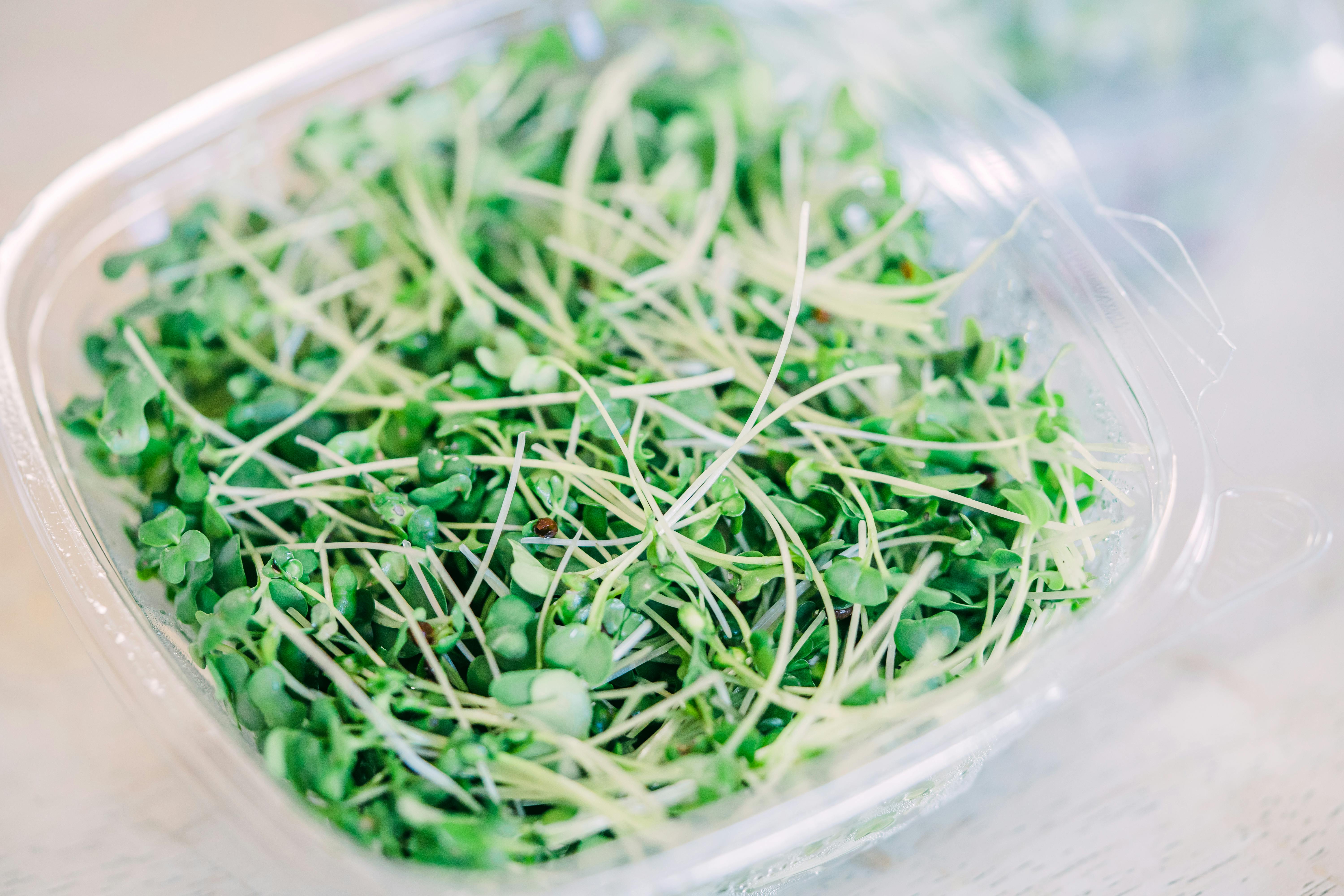
Broccoli sprouts are baby broccoli plants that, ounce for ounce, contain up to 50 times more sulforaphane than mature broccoli. Sulforaphane is a potent compound that activates the Nrf2 pathway—the body's master switch for antioxidant and detoxification gene expression. This ability to kickstart your natural detox mechanisms makes them exceptional for fighting cellular damage and inflammation. Toss a handful of sprouts into salads, sandwiches, or blend them into smoothies. They are easy to grow at home or buy fresh, offering a powerful, accessible way to support long-term cellular health and protection.
17. Canned Pumpkin: Fiber, Carotenoids, and Potassium

Canned pumpkin (100% pure pumpkin, not pie filling) is a versatile, year-round superfood that is incredibly accessible and affordable. It's packed with fiber for satiety and gut health, but its true power lies in its carotenoid density (especially beta-carotene and alpha-carotene), which supports eye health, immunity, and skin vitality. Additionally, pumpkin is a rich source of potassium, essential for heart health and blood pressure regulation. Mix it into oatmeal, yogurt, smoothies, or even sauces. This simple pantry staple delivers high nutrient value per calorie and is a flavorful way to upgrade both sweet and savory dishes.
18. Pistachios: The Antioxidant and Lutein Nut
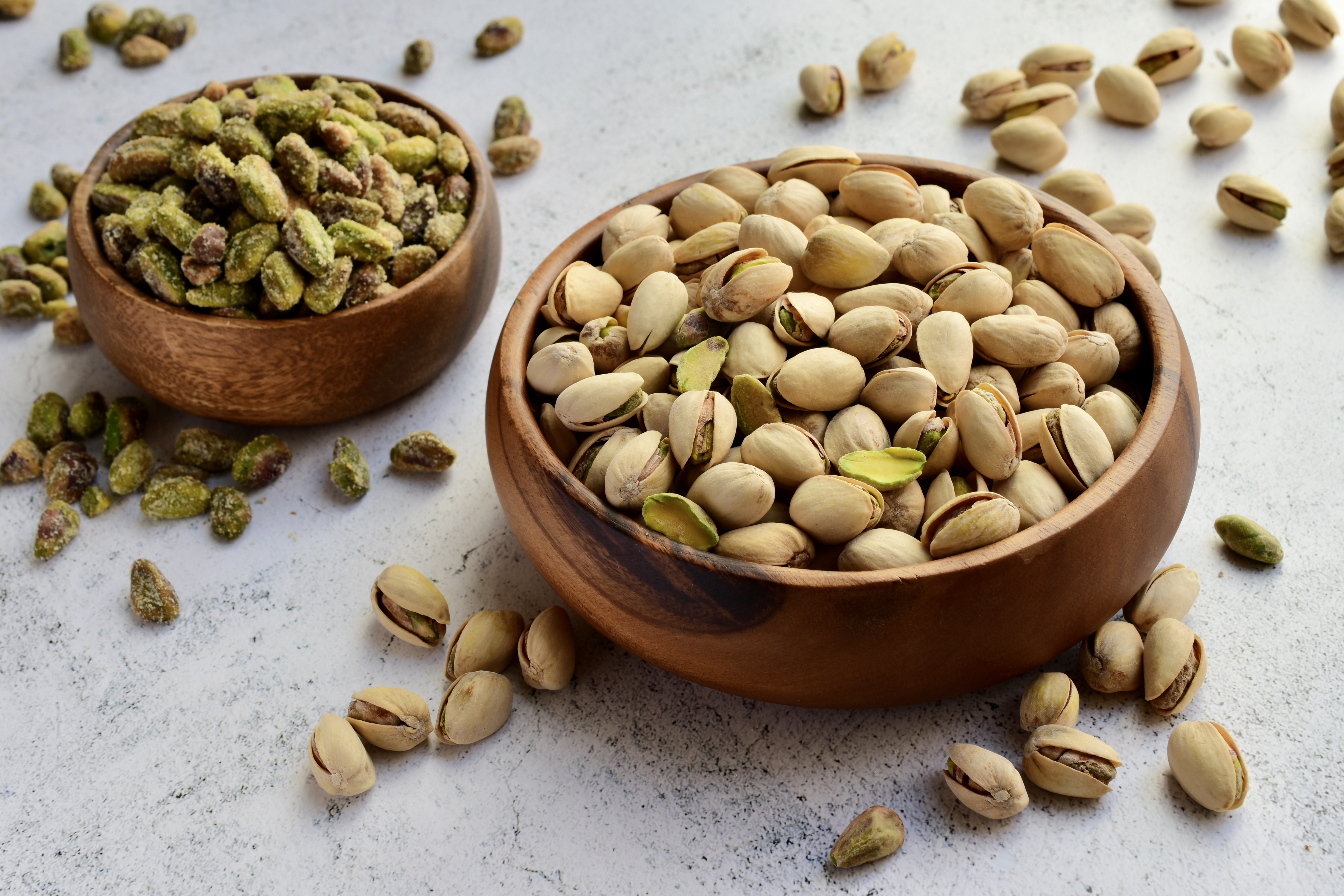
While you list almonds, pistachios offer distinct, measurable benefits. They are particularly rich in lutein and zeaxanthin, two potent carotenoid antioxidants that are crucial for protecting eye health against age-related macular degeneration. Pistachios also provide fiber, protein, and heart-healthy fats, but with fewer calories per serving than most other nuts due to their unique shell structure and lower fat content. They make a highly satisfying, mindful snack that supports both your heart and your vision simultaneously. Choose shelled, unsalted pistachios for a crunchy, functional food that adds a beautiful green pop of color to your plate.
19. Oats (Rolled/Steel-Cut): The Beta-Glucan Cholesterol Fighter

While you mention oats, focusing purely on their unique fiber mechanism is essential. Oats are the premier source of beta-glucan, a specialized soluble fiber proven to actively lower LDL ("bad") cholesterol. Beta-glucan forms a gel in the digestive tract that traps cholesterol-rich bile acids, forcing the body to excrete them. Regular consumption of steel-cut or rolled oats is one of the most effective dietary interventions for cardiovascular health. Enjoy them hot as porridge, baked into bars, or mixed cold in overnight oats—the key is the consistent daily delivery of this powerful, cholesterol-binding fiber.
20. Collard Greens: Bone Builders Beyond Kale
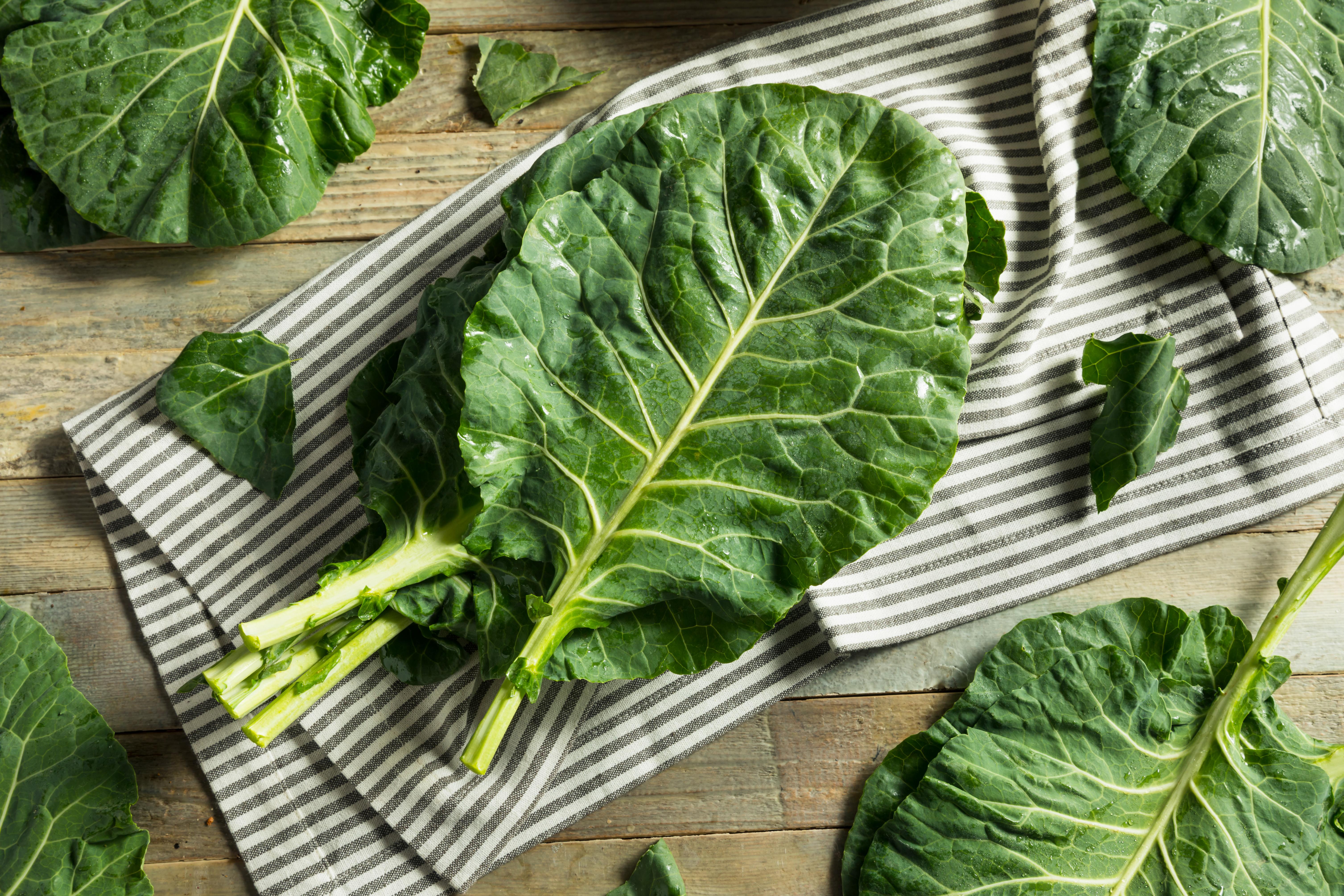
While kale is a powerhouse, collard greens deserve recognition for their superior amounts of Vitamin K and highly bioavailable Calcium. Vitamin K is crucial for bone density and blood clotting, while the easily absorbed calcium makes collards an excellent alternative for those avoiding dairy. They also contain anti-inflammatory compounds and fiber. Unlike kale, collards have a firmer texture and are typically cooked (braised or steamed), which softens their fibrous structure. They are an accessible, affordable green that provides foundational support for the skeletal system and long-term mobility.
21. Watercress: A Nitrate and Vitamin K Vascular Powerhouse

Watercress is a peppery, unassuming leafy green that is a giant in the nutrition world. It delivers a dense supply of nitrates, natural compounds your body converts into nitric oxide. Nitric oxide signals blood vessels to relax, improving circulation and reducing arterial stiffness, making watercress a powerful ally for vascular health and blood pressure regulation. Furthermore, it contains high levels of Vitamin K and specific antioxidants that studies link to reduced DNA damage. Use it instead of lettuce in sandwiches, blend it into soups (which mellows its sharp flavor), or toss it into salads for a refreshing, circulation-boosting bite. This simple swap significantly upgrades your daily intake of compounds that directly support long-term heart and cellular resilience.
22. Black Garlic: Immune Support and Potent Aged Antioxidants
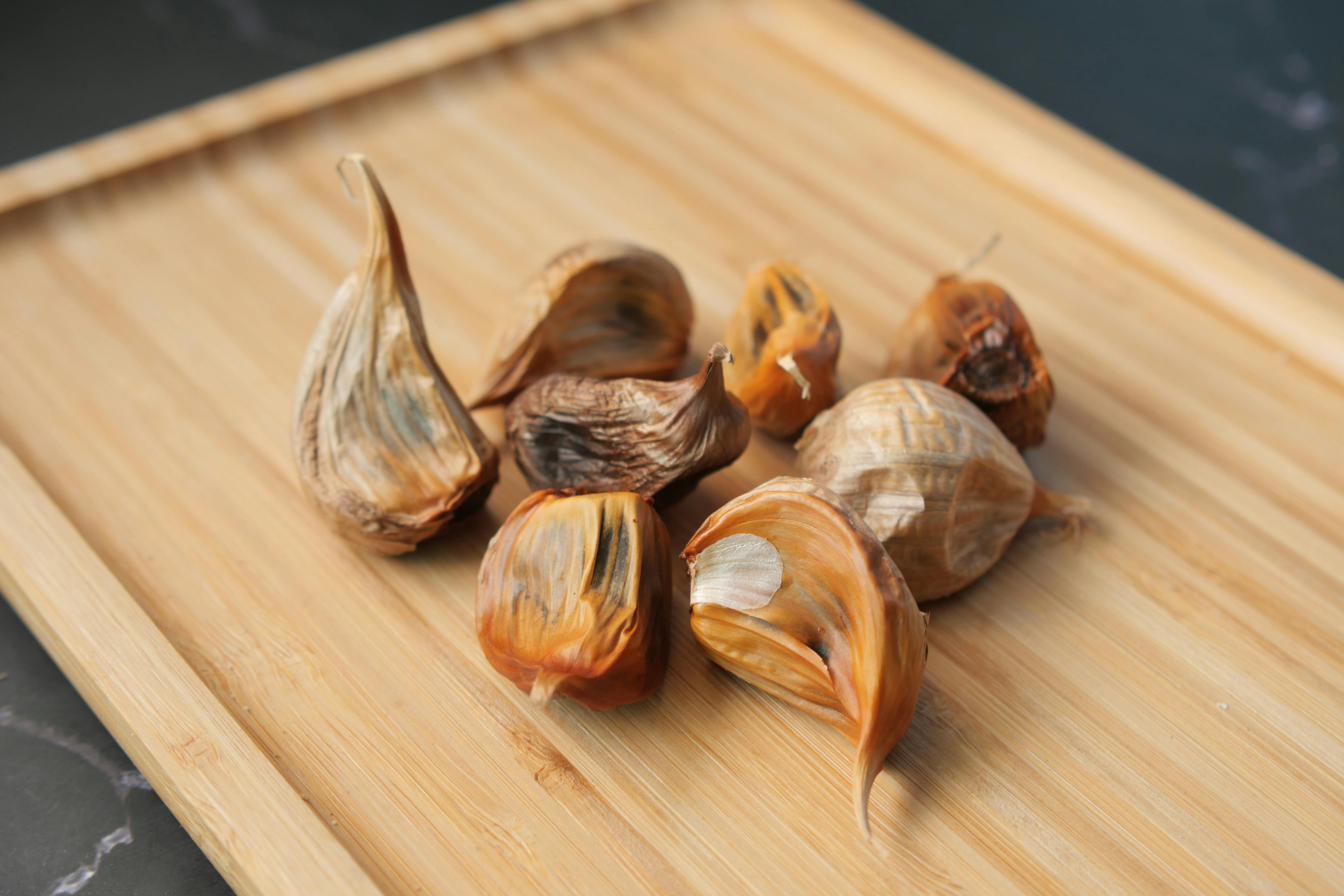
Black garlic is created when raw garlic is aged at high heat and humidity, a process that turns the cloves dark, sweet, and sticky, while dramatically increasing its nutritional potency. The fermentation process converts harsh compounds into a potent, highly stable antioxidant called S-Allylcysteine (SAC). SAC is easily absorbed and works as a powerful anti-inflammatory, neuroprotector, and immune-system modulator. Unlike raw garlic, black garlic has a mild, savory, balsamic-like flavor, making it easy to incorporate into dressings, omelets, or spreads. It offers a unique and delicious way to consume garlic's health benefits without the digestive discomfort or strong aftertaste, actively supporting cellular defense against chronic disease.
23. Sprouted Grain Bread (Ezekiel Bread): Enhanced Bioavailability

While whole grains are mentioned, sprouted grain bread, such as the widely available Ezekiel brand, offers a unique advantage. It is made from grains (like wheat, barley, and millet) and legumes that have been allowed to sprout before being baked. This sprouting process significantly reduces phytates (compounds that block nutrient absorption) and starches, while boosting fiber, B vitamins, and protein content. This means your body can absorb more of the inherent nutrients, like iron and magnesium, from the grain. It offers a low-glycemic, high-protein alternative to traditional whole-wheat bread, providing a genuinely superior foundation for sandwiches or toast that optimizes the nutritional value of every bite.
24. Shiitake Mushrooms: The Liver-Supporting Sterol

Shiitake mushrooms, beyond their robust umami flavor, contain a specific plant sterol called eritadenine. Research suggests that eritadenine may actively interfere with the production of cholesterol in the liver, helping to lower circulating levels of LDL cholesterol more directly than fiber alone. They also provide essential trace minerals like copper and selenium, along with unique beta-glucans that boost immune function. Unlike common button mushrooms, shiitakes bring a richer concentration of these medicinal compounds. Sauté them, add them to stir-fries, or simmer them in broth to easily integrate a delicious, savory food that actively works to support your liver's metabolic health.
25. Ceylon Cinnamon: Blood Sugar and Anti-Inflammatory Regulation
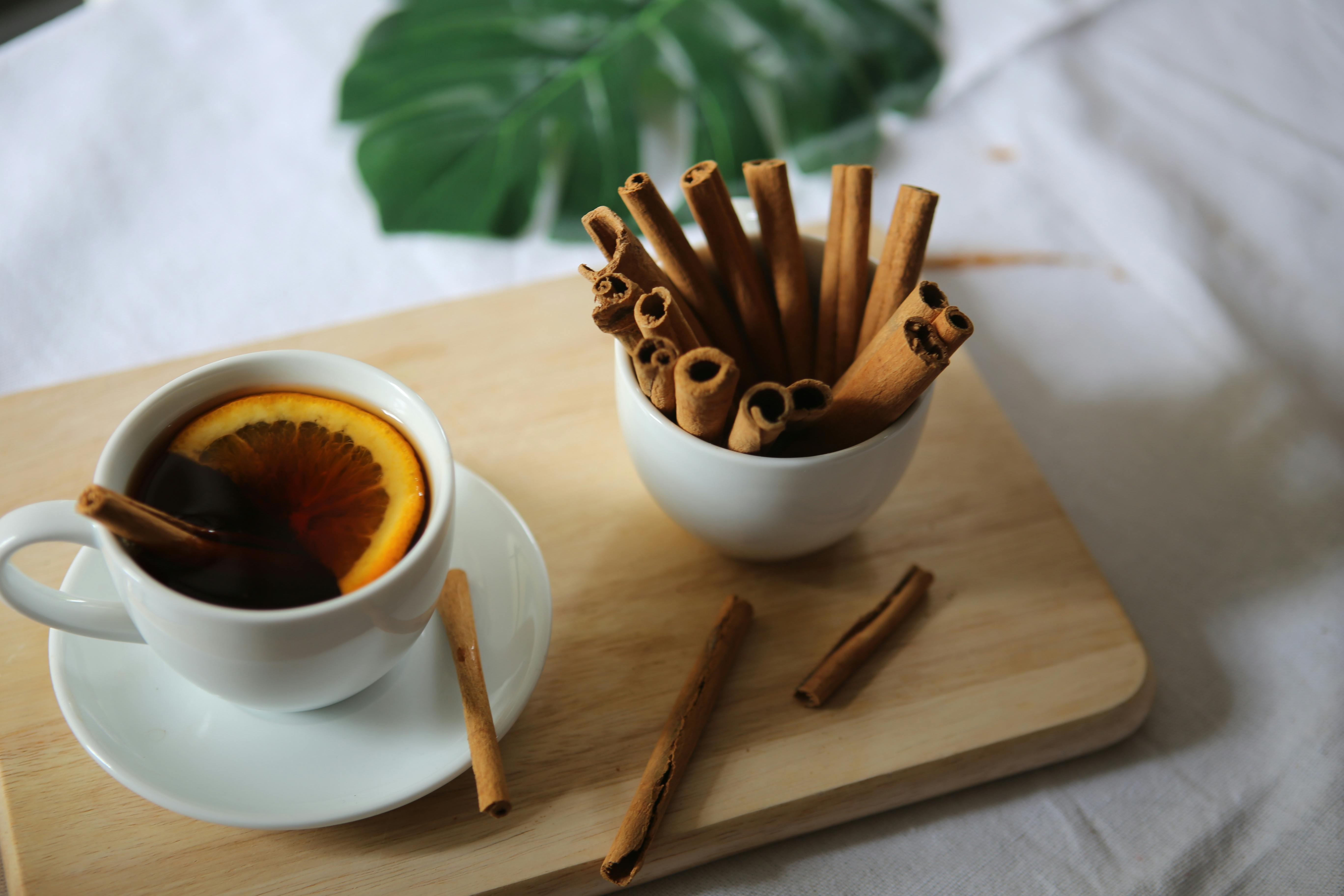
While often used only for flavoring, Ceylon cinnamon (often labeled "true" cinnamon) is a subtle yet powerful daily superfood. It contains compounds that significantly improve insulin sensitivity, helping your cells better utilize glucose and regulate blood sugar—a critical factor for sustained energy and metabolic health as we age. It also acts as a potent anti-inflammatory, fighting internal cellular stress. Importantly, Ceylon cinnamon contains only trace amounts of coumarin (a compound found in common Cassia cinnamon that can be harmful to the liver in large doses), making it safe for daily use. Sprinkle it into coffee, tea, oatmeal, or yogurt for an easy, flavorful intervention that gently supports your internal metabolic balance.
26. Saffron: The Mood and Eye Health Thread

Saffron, the world's most expensive spice, is worth its weight for its unique concentration of crocins and safranal. These compounds have been extensively studied for their mood-boosting and anti-anxiety effects, working similarly to mild antidepressants by regulating key neurotransmitters. Beyond mental health, saffron is a powerful vision protector, showing promise in clinical trials for slowing age-related macular degeneration (AMD). A pinch of the threads steeped in hot water, rice, or soup daily provides a luxurious, functional food that supports both mental resilience and long-term vision—benefits rarely found together in a single food.
27. Pomegranate Seeds: Vascular and Cellular Cleansing
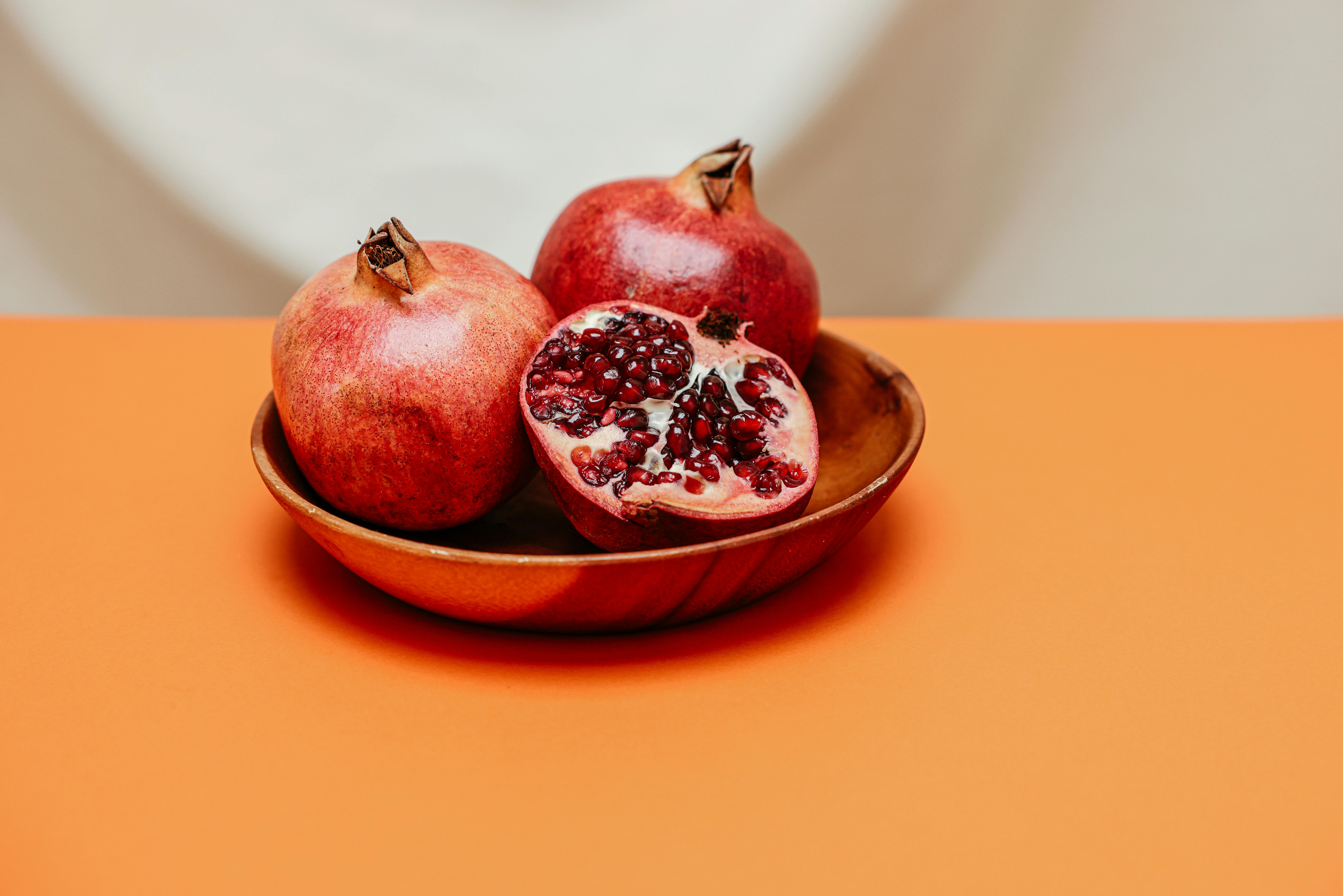
While berries are excellent, pomegranate seeds bring a unique focus on vascular health and cellular turnover. They are packed with punicalagins, powerful antioxidants that defend against free radical damage in blood vessel walls. They are also a source of ellagitannins, which gut bacteria convert into urolithin A. This compound is critical for promoting mitophagy—a process similar to autophagy that specifically cleanses the mitochondria (the cell's power plants). This focus on "power plant" health supports energy and longevity, making the seeds a delicious, crunchy investment in your cardiovascular and cellular vitality.
28. Tahini (Sesame Paste): Copper, Calcium, and Mineral Density
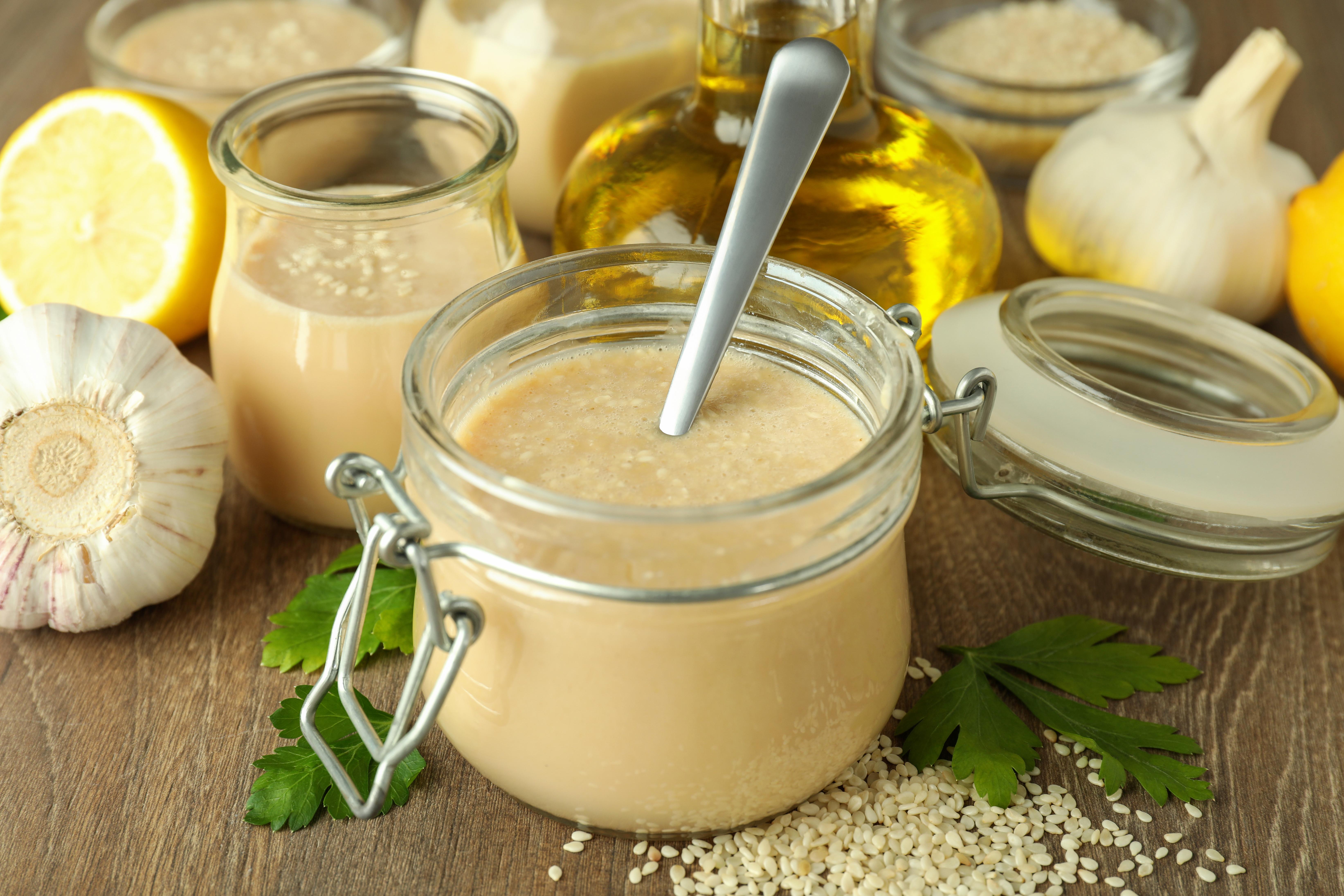
Tahini, or sesame seed paste, is a highly overlooked superfood that offers superior mineral density in a highly absorbable form. It is one of the best non-dairy sources of calcium (essential for bone structure) and a rich source of copper, which is vital for iron absorption, energy production, and forming collagen. Its healthy fats also enhance the absorption of fat-soluble vitamins. Two tablespoons blended into dressings, hummus, or spread on toast deliver a thick, creamy texture and a powerful, budget-friendly mineral boost crucial for long-term skeletal and circulatory health.
29. Dandelion Greens: Prebiotic and Kidney/Liver Support
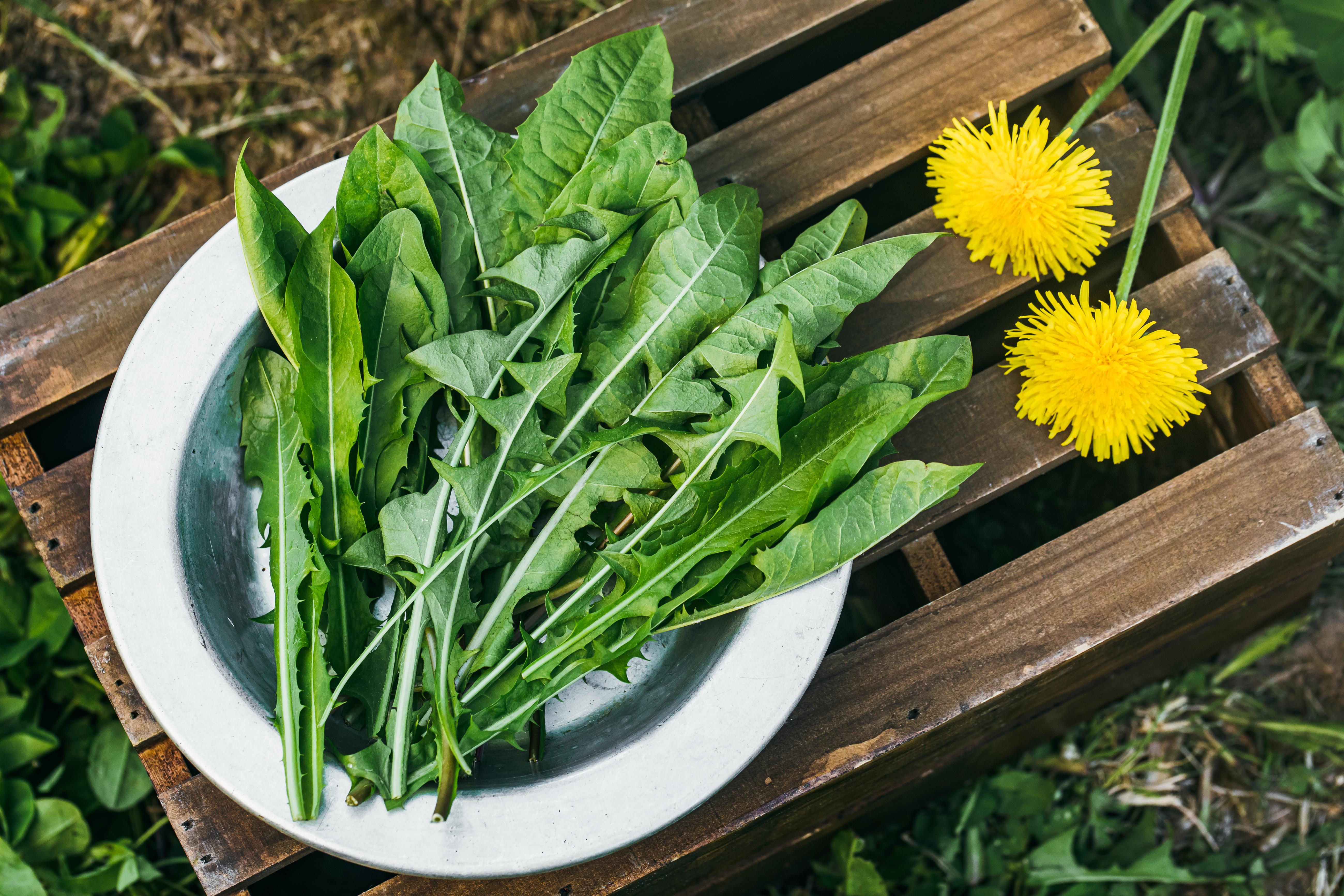
Dandelion greens are far more than a weed; they are a concentrated source of prebiotic fiber (inulin) that specifically feeds beneficial gut flora, which aids digestion and immunity. Their true unique power lies in their traditional use as a diuretic and liver tonic. They contain compounds that support the liver's detoxification processes and gently encourage the kidneys to excrete excess fluid and sodium. This dual-action of internal cleansing and gut support makes them a potent, low-calorie addition for anyone focused on reducing bloat and supporting their natural detoxification pathways. Use them raw in salads or lightly sautéed.
30. Black Beans: Molybdenum for Detoxification
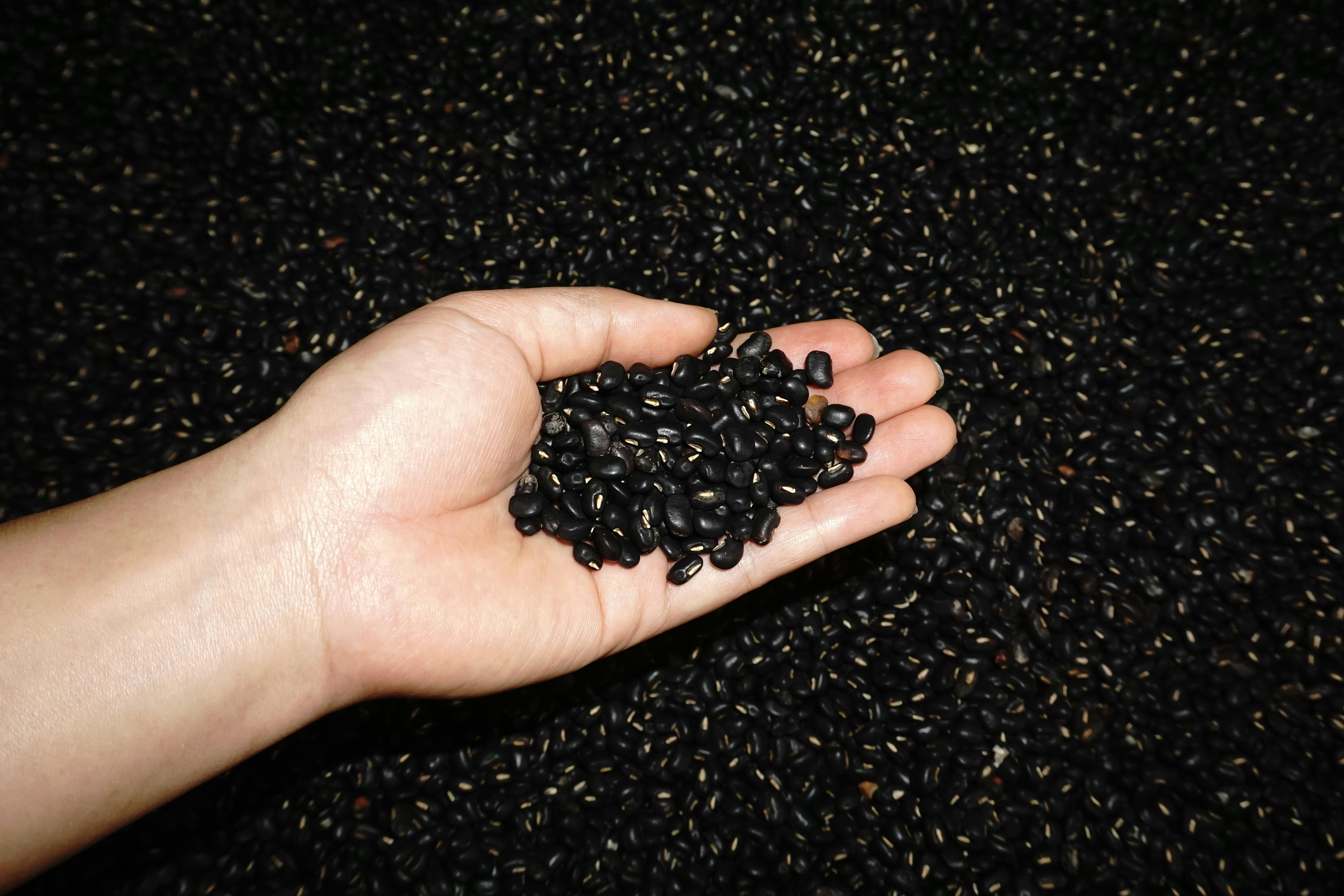
Black beans are an accessible legume that offers more than just protein and fiber; they are one of the best sources of the trace mineral molybdenum. This mineral is a critical cofactor for several enzymes responsible for detoxifying the body, particularly the breakdown of sulfur-containing amino acids and sulfites (which are common in processed foods, wine, and certain medications). Adequate molybdenum is essential for avoiding the headache and fatigue that can sometimes follow a sulfur-heavy meal. Incorporate black beans into salads, soups, or rice for a highly effective, low-glycemic food that actively supports the body's daily internal cleaning systems.
31. Canned Mackerel: Vitamin B12 and Essential Cell Integrity

Mackerel is an affordable, shelf-stable oily fish that provides immense nutritional value for healthspan. It stands out for its high content of Omega-3 fatty acids (EPA/DHA) with very low mercury levels, but its unique power is its concentration of Vitamin B12. B12 is crucial for maintaining the myelin sheath (nerve protection) and, more broadly, for the efficient metabolism of every cell. Chronic, low-level B12 deficiency is common and is linked to energy loss and cognitive decline. Mackerel also supplies phosphorus and magnesium, minerals vital for DNA and RNA structure. Eating canned mackerel regularly ensures a steady, bioavailable supply of B12 and essential fats, protecting neurological health and the core integrity of every cell membrane as you age.
32. Potatoes (Skin On): The Potassium and Vitamin C Antioxidant
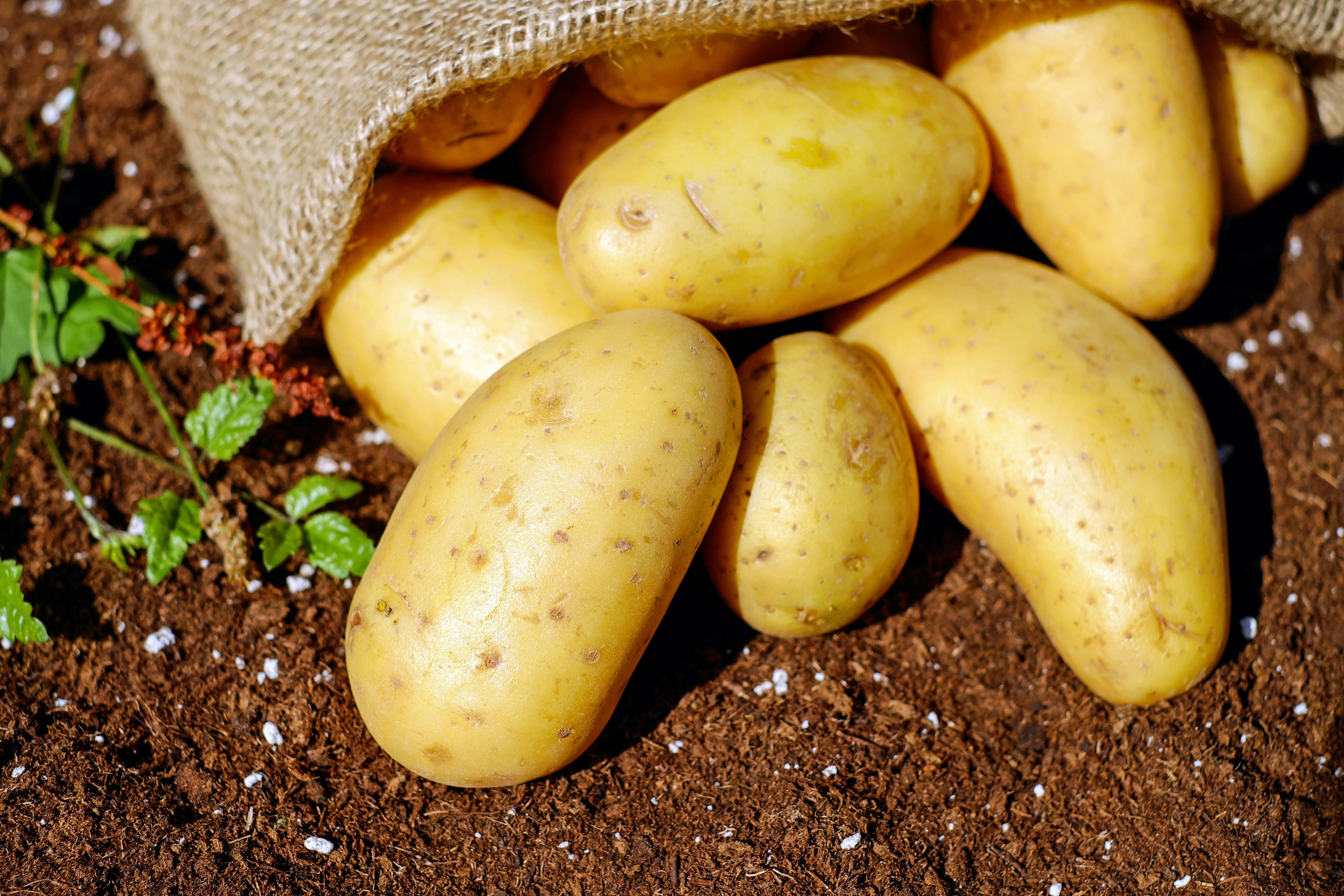
Potatoes, when consumed with the skin, are a highly accessible superfood and a premier source of two compounds crucial for healthspan. First, they are exceptionally rich in Potassium, a mineral essential for balancing sodium and regulating blood pressure—a major risk factor in aging. Second, potatoes are a surprising source of Vitamin C, a powerful antioxidant that helps synthesize collagen and protect cells from oxidative stress. When baked or boiled with the skin intact, the potato's nutrient-rich profile provides filling, sustained energy along with the minerals and antioxidants needed to maintain cardiovascular and cellular function cheaply and effectively. This pantry staple is a simple, potent tool against age-related vascular stiffness.
33. Turmeric with Black Pepper: The Vascular Anti-Inflammatory Team
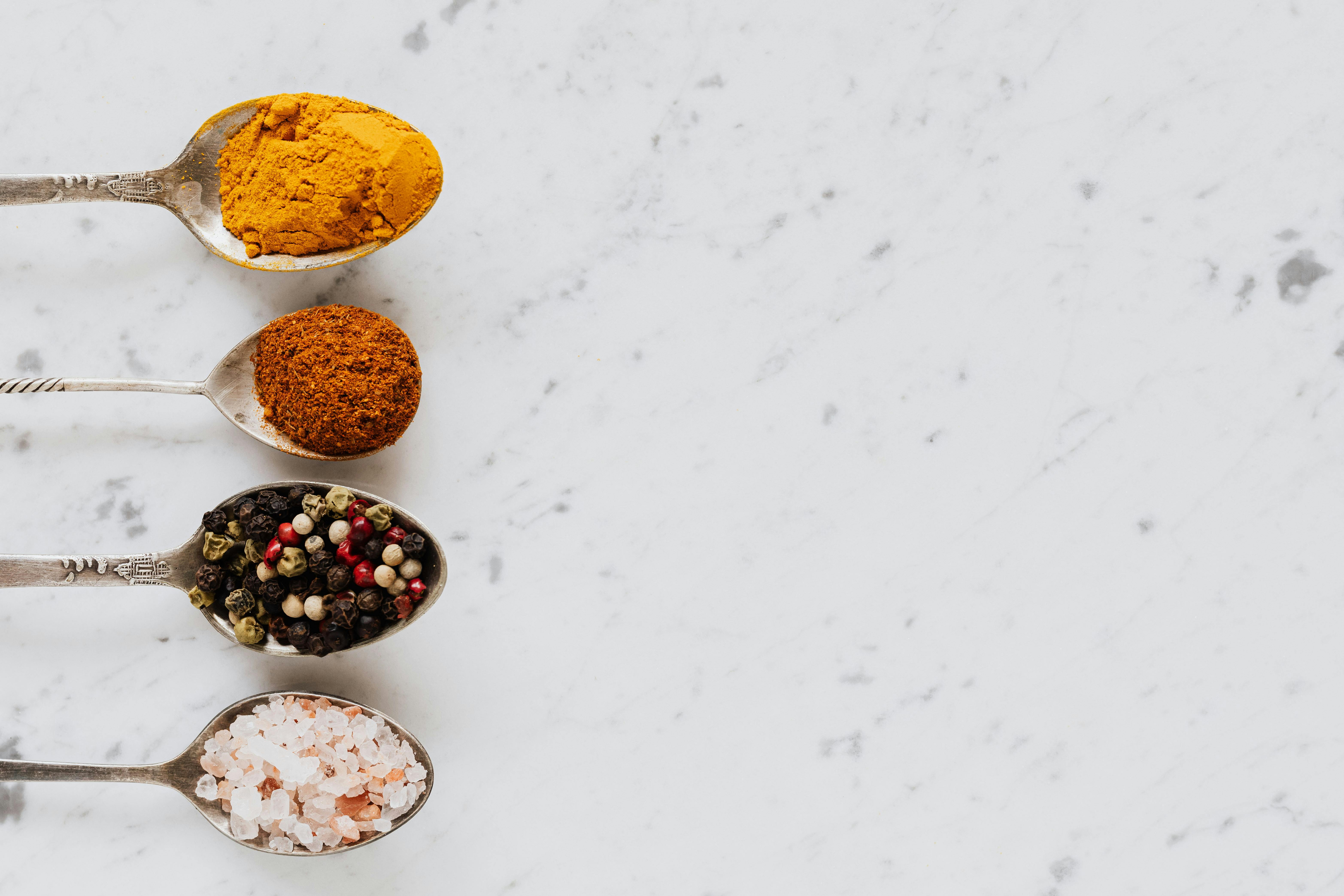
Turmeric, already recognized for its anti-inflammatory compound curcumin, becomes a super-duo when paired with black pepper. Curcumin is notoriously poorly absorbed by the body, but black pepper contains piperine, which boosts curcumin absorption by up to 2,000%. Once absorbed, this powerful team acts as a potent anti-inflammatory agent, specifically protecting the endothelium (the delicate lining of your blood vessels). By reducing the chronic, low-grade inflammation that damages arterial walls, this spice blend helps prevent vascular stiffness and improves blood flow. This synergistic effect makes the spice rack a functional pharmacy, offering a simple, daily ritual that profoundly supports long-term cardiovascular resilience and cellular health.
34. Ghee (Clarified Butter): Butyrate and Conjugated Linoleic Acid (CLA)
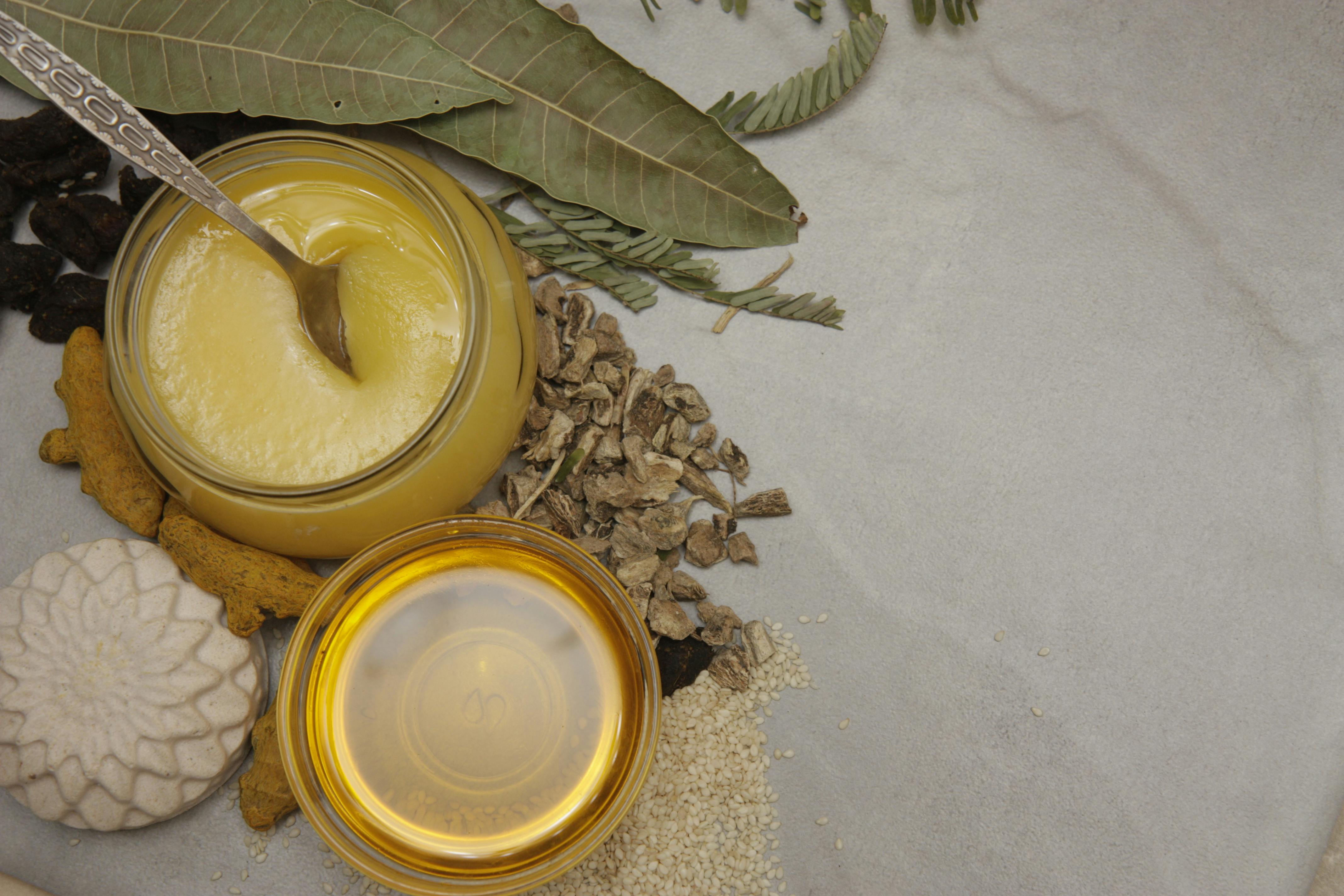
Ghee, or clarified butter, is a staple in Ayurvedic and many centenarian diets. While saturated fat is often cautioned, ghee is a unique structural superfood. It's rich in Butyrate (a short-chain fatty acid), which is the primary fuel source for the cells lining the colon, making it exceptional for reducing gut inflammation and supporting the microbiome. Furthermore, ghee derived from grass-fed cows is a rich source of Conjugated Linoleic Acid (CLA), a healthy fat linked to reduced body fat, improved muscle maintenance, and enhanced immune function—all critical for long-term healthspan. Use a spoonful for cooking or as a nourishing addition to grains or vegetables.
35. Gelatin and Collagen Peptides: The Foundational Protein Builders

Often overlooked because it's not a whole food, supplemental gelatin (the cooked form of collagen) or pure collagen peptides is a foundational superfood for structural longevity. It provides the unique amino acids glycine, proline, and hydroxyproline, which are often scarce in standard meat-based diets but are essential building blocks for skin elasticity, joint cartilage, and gut lining repair. Unlike standard protein powder, collagen specifically supports the body’s connective tissue and bone matrix, providing resilience against age-related fragility and joint discomfort. Easily dissolved in coffee, tea, or smoothies, a scoop daily offers a highly bioavailable source of the raw material needed to maintain supple tissues and a strong skeletal structure as you age.
Nourishment Beyond the Hype
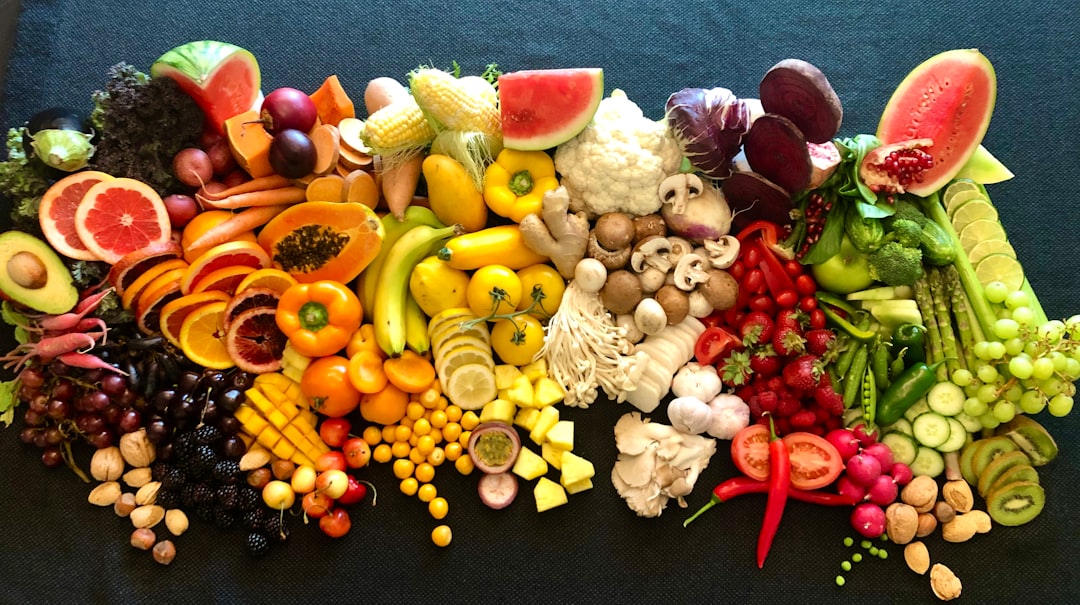
Celebrate progress and curiosity in your healthy eating journey, letting science-backed choices hold more weight than hype. Take what works for you, shift it when needed, and remember—no single food can make or break your health, but each step toward nourishment counts. Small actions, like adding a handful of berries or swapping in Greek yogurt, are the seeds of lifelong wellness. Embrace these foods not as obligations, but as opportunities for self-care, self-kindness, and the vibrant confidence that blooms from nourishing your body on purpose.
